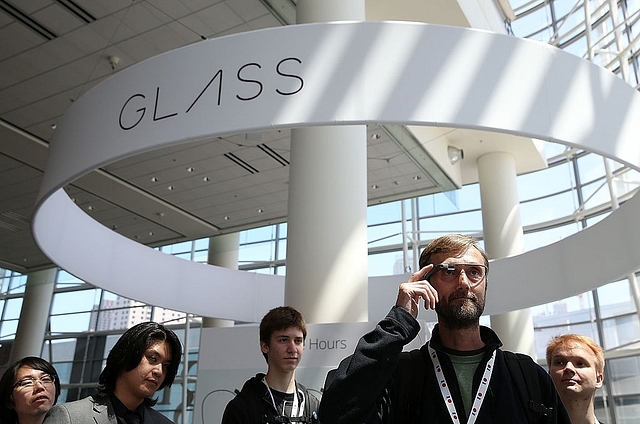
Google Glass Technology Is Dangerous For Drivers: Study
Head-up display technology - think Google Glass - offers lots of information to users in seconds, literally in front of their eyes, but using it while driving may not be safe, suggests new research. The multitasking needed to process the information that such technology makes readily available, may slow down the brain's response time, posing issues for people driving, the study said. A delay of a few seconds could mean the difference between life and death while driving.
"The idea here is to explore as to what extent displayed secondary information might interfere with the primary task at hand, such as driving," said Mark Neider, associate professor at University of Central Florida in the US.
The researchers had 363 psychology student participants complete a primary task on a computer, while some wore Google Glass and others did not. Participants were told to complete the primary task and were given secondary instructions based on which experiment they were on. Some students were told to ignore the information that pops up on Google Glass, while others were told to try to remember the information.
In all the experiments, students wearing the Google Glass technology, which is worn like eyeglasses and displays a small screen over the user's right eye, took longer to complete the primary task than those who were not, according to the study published in the journal Cognitive Research: Principles and Implications Journal.
Potential reasons behind these findings are that humans have a natural inclination to process language, and in this case two visual stimuli - the primary task and the secondary information from Google Glass - were competing for the visual-processing capabilities in the students' brains. This resulted in the slower pace to complete the primary task, said Joanna Lewis, doctoral student at University of Central Florida.
Although Google Glass currently is not a widespread product, the head-up technology it uses is gaining popularity.
With inputs from IANS